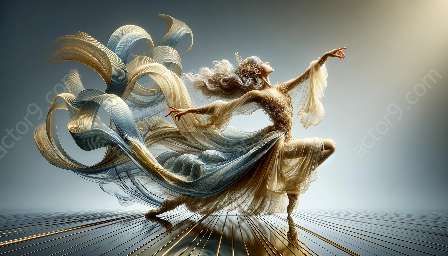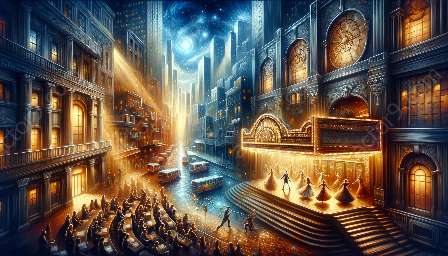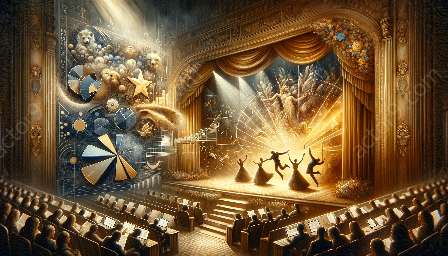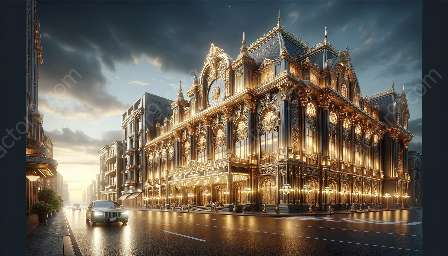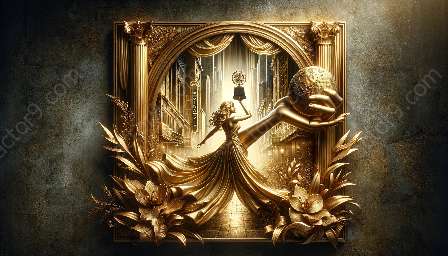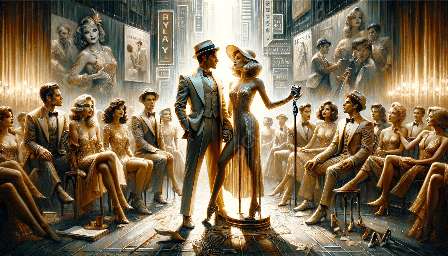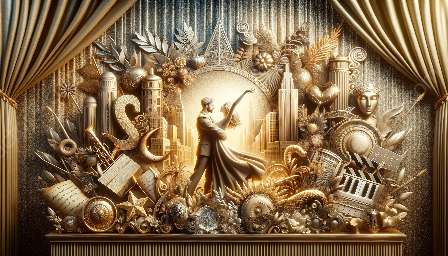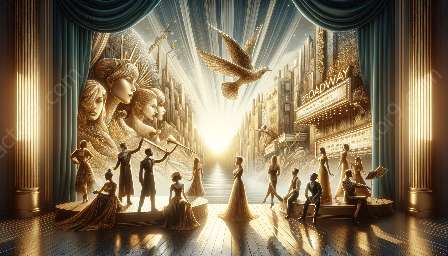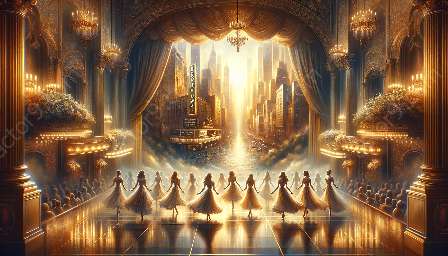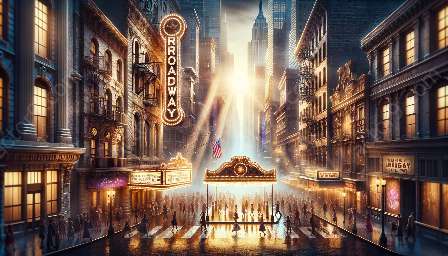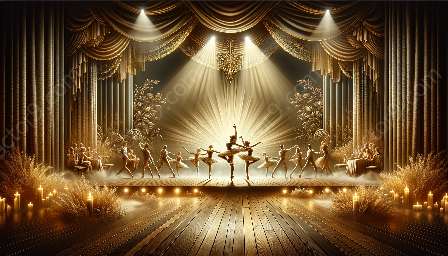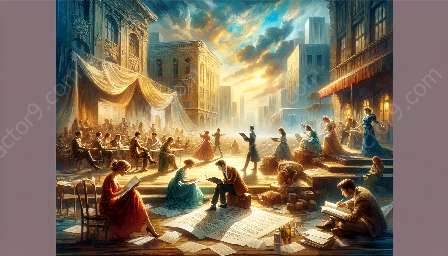Modern dance is a captivating form of performing arts that has found a significant place in the landscape of Broadway and musical theater. Dancers who aspire to perform modern dance in Broadway shows must undergo specific training to hone their skills and excel in this demanding field. This comprehensive guide explores the essential types of training required for dancers performing modern dance in Broadway shows.
The Influence of Modern Dance in Broadway
Modern dance has made a lasting impact on the world of Broadway and musical theater. With its emphasis on expressive movements, fluidity, and artistic experimentation, modern dance has become a pivotal element in many Broadway productions. Whether it's in contemporary dance-focused musicals or modern reinterpretations of classic shows, the demand for skilled modern dancers in Broadway shows continues to grow.
Technical Training
One of the crucial aspects of training for modern dance in Broadway is technical proficiency. Dancers must undergo rigorous training in various techniques that form the foundation of modern dance, including Graham technique, Horton technique, Cunningham technique, and more. These techniques focus on developing strength, flexibility, and control while emphasizing the expressiveness and emotional depth inherent in modern dance.
The technical training for modern dance in Broadway also includes specialized classes in improvisation, partnering, and floor work. These classes help dancers explore their creativity, develop trust and connection with other performers, and master the intricate movements and transitions essential for Broadway performances.
Physical Conditioning and Fitness
Physical conditioning is a vital component of training for dancers performing modern dance in Broadway shows. Dancers must maintain peak physical fitness to meet the demands of high-energy choreography, complex movements, and extended performances. Conditioning programs tailored for modern dancers often include strength training, cardiovascular exercises, and targeted stretching routines.
In addition to regular conditioning, cross-training in complementary disciplines such as yoga, Pilates, and aerial arts can enhance dancers' overall strength, flexibility, and body awareness. This holistic approach to physical conditioning ensures that modern dancers are equipped to meet the challenges of Broadway performances while minimizing the risk of injuries.
Artistic Development and Expression
Training for modern dance in Broadway goes beyond technical proficiency and physical conditioning. Dancers must also focus on artistic development and expression to bring depth and authenticity to their performances. Workshops and classes in choreography, composition, and storytelling through movement help dancers refine their artistic voice and develop a strong understanding of the narrative and emotional elements of modern dance.
Furthermore, exposure to diverse styles of dance and collaboration with choreographers and directors contribute to the artistic growth of dancers. This exposure allows them to incorporate elements of contemporary, jazz, and ballet into their modern dance repertoire, expanding their versatility and artistic range in the context of Broadway productions.
Mental and Emotional Resilience
Performing modern dance in Broadway shows can be physically and emotionally demanding. Therefore, specialized training programs often incorporate mental and emotional resilience training to prepare dancers for the pressures of the industry. Techniques such as mindfulness, visualization, and stress management help dancers develop a resilient mindset and cope with the challenges of rehearsals, performances, and the competitive nature of Broadway.
Moreover, workshops focusing on self-care, teamwork, and interpersonal communication equip dancers with the tools to maintain a supportive and cohesive ensemble, fostering a positive and collaborative environment essential for successful modern dance performances in Broadway.
Conclusion
Training for dancers performing modern dance in Broadway shows encompasses a multifaceted approach that addresses technical proficiency, physical conditioning, artistic development, and mental resilience. By undergoing comprehensive training that encompasses these essential elements, dancers can prepare themselves to take center stage in the vibrant world of modern dance on Broadway.




